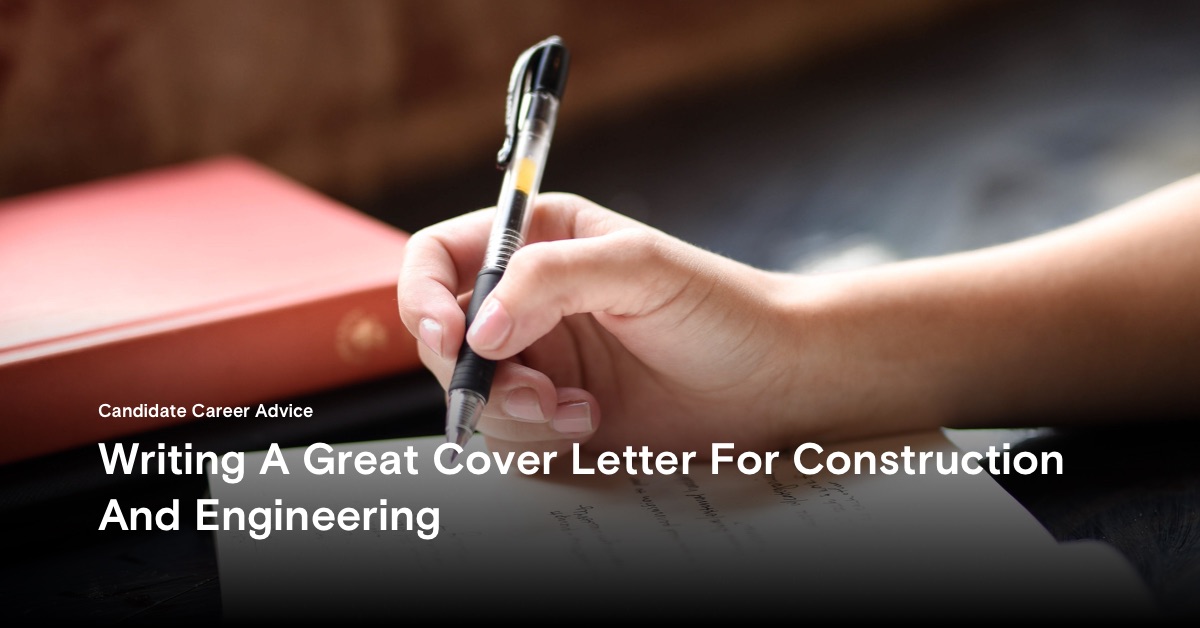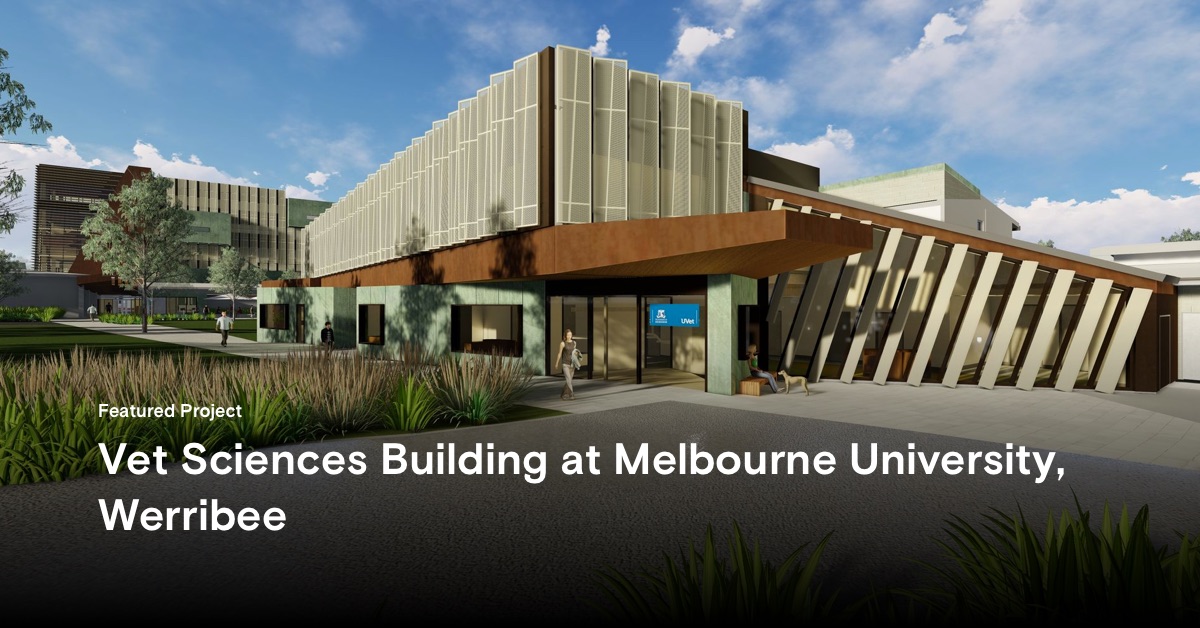A cover letter is your way of introducing yourself to a potential employer. It’s your first–and sometimes last–opportunity to wow them and get your foot in the door. The whole aim of your cover letter is to secure an interview, so you need to make every word count. Here’s how to craft a cover letter that will help you stand out for jobs in construction and engineering:
Projects, projects, projects
Just like your resume, your cover letter should focus on the most important aspects of your career and experience: your projects. Employers in the industry are less interested in your certificates from 15 years ago or your weekend hobbies, and more interested in the projects that you’ve worked on and the ways in which you’ve excelled in your role. You can’t include everything you’ve ever done in a cover letter, so choose a couple of recent projects that summarise what you can do and where you’re at with your career.
Avoid cliches
Companies and recruiting agencies get far more applications that they can look at. Can you imagine how many of the applicants have written the same thing? Even if each and every one of them is ‘team player’ with ‘extensive experience’, your whole aim is to stand out not blend in! Avoid cliches in your cover letter by unpacking these overused phrases. Explain exactly how you work in a team environment and what you’ve achieved with others, elaborate on your experience so that its ‘extensiveness’ speaks for itself.
Check out the cliches to avoid when writing your CV in our previous blog.
Stabs or Slices?
Don’t let the words “cover letter” mislead you. Yes, a cover letter is like an old fashioned letter in the sense that it’s written by you and addressed to someone else. But you don’t want your letter to resemble a great big ‘slab of text.’ Improve the readability of your cover letter by using subheads, bullet points or both. You want your reader to be able to scan the information as quickly and easily as possible. And remember, keep it under one page in length!
Want to keep up to date with the latest news and tips in construction and engineering? Follow us on Facebook and LinkedIn to see more articles like these.




